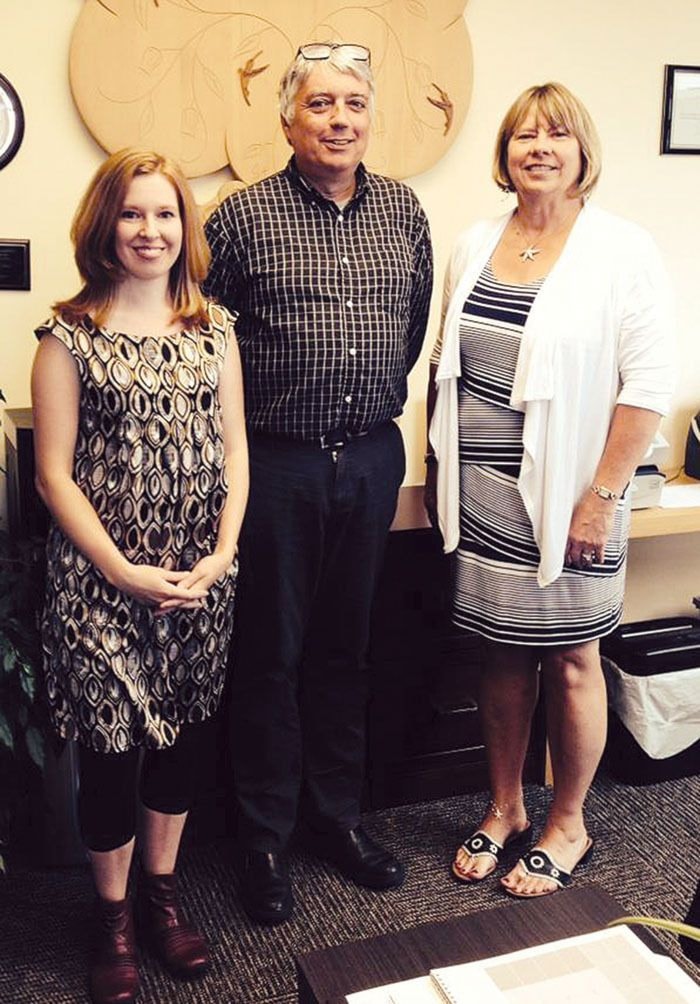There are more than 545,000 people in B.C. over the age of 15 who identify as having a disability.
The employment rate for that group is 18 percentage points lower than those without.
This is unacceptable, according to Don McRae, Minister of Social Development and Social Innovation for the province.
“It is time to raise the profile of people with disabilities as employees through education and leadership using examples of success to lead the way,” he said in the recent announcement that September has now been declared Disability Employment Month here in B.C.
“This is an opportunity to raise the employment bar for business in B.C.,” added Linda Larson, parliamentary secretary for accessibility. “As we recognize Disability Employment Month, it is important to reflect on what we, as consumers, employers and community members can do to support employment for people with disabilities.”
Maureen Brinson, Employment Services Supervisor for Campbell River and District Association for Community Living (CRADACL), couldn’t agree more.
For the past 27 years, the CRADACL has been raising awareness within the community and working with employers to place disabled people in jobs, so, according to Brinson, this announcement is long overdue.
“We’ve been raising awareness about his issue for a long time,” she said, “and both the provincial and federal governments have have made huge strides on encouraging employers to employ people with disabilities,” though she added that in her work, and how she prefers to view the people she works with in general, she focuses on people’s abilities rather than their disabilities.
“Everyone has their own gifts, talents and abilities, and it’s up to me to match them with the employer. What we need to do is help employers see not only the atypical benefits of having someone with a disability in their employment, but also see what the individual brings to their business.”
She about 24 local employers are actively involved in the job placement program and come to her in search of employees for their businesses because they recognize the abilities of those being placed.
Brinson also said that the resistance she encounters to prospective job placements, which is very infrequent, is based on a lack of experience employers have with disabled people and the fact that they aren’t looking at the opportunity in the proper light.
Three years ago, Brinson said, the CRADACL started a confidential paper shredding business, and one of the large logging companies in town came to her to talk about it, “and they said to me – and it’s one of the nicest ways of putting it – they said, ‘it’s so nice to give someone a hand-up instead of a handout.’ I think that’s where we need to change some employers’ perspectives.
“We’re not looking for handouts, we’re not looking for anything other than a chance, an opportunity, and I have never met an employer that we’ve tried this with that has not gone, ‘Wow, why haven’t we tried this before?’”
She is quick to point out that, like any job placement within any segment of the population, there are times it just doesn’t work out.
Not everyone is suited for every job, as we all know, but Brinson said they have a higher level of success with placements than many sections of the population, because often jobs are custom tailored for the skill set the employee has or can learn easily.
Sometimes people don’t like their job, or they sleep in, or they miss the bus, like everybody else.
“It’s just not as common (with disabled people),” Brinson said.
If you’re interested in finding out more about what Brinson and the CRADACL do, check out cradacl.bc.ca or contact her at maureen.brinson@cradacl.bc.ca.
